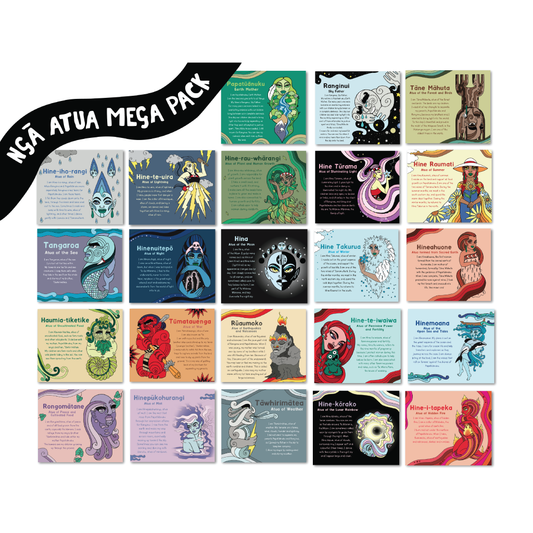Daylight savings is just around the corner, signalling the transition into the cooler months and shorter daytime hours. Although only an hour difference, this change can wreak havoc on the routines of our little learners, affecting their sleep patterns and overall well-being. As kaiako, we can guide tamariki and whānau through this transition with a few easy tips.
Tips to support whānau;
Remind whānau about the upcoming change and the impact of shorter days. Explain how the reduced daylight can affect children’s routines and offer practical strategies to help them adjust.
Advise whānau to establish calming evening routines as daylight decreases. Dimming lights, limiting screen time, and engaging in quiet activities before bed can signal to children’s bodies that it’s time to wind down.
Reinforce the value of consistent sleep and wake times. Maintaining the regular routines of their tamaiti, will help them adjust and enables a sense of predicatbility despite the change.
Suggest to whānau a gradual shift in bedtimes and wake times to align with the change. Each day, the week prior, try adjusting sleep routines by 10 minutes each day. This helps their bodies adapt more easily to the shorter days, reducing disruptions to sleep and daily routines.
What can kaiako do to support tamariki through this transition?
Equally as important as adapting the evening routines of tamariki, is understanding the influence this can take in the day to day learning and engagement of tamariki. So what can we do to support tamariki in their learning environments?
Be flexible with routines, especially in the first weeks of the time change. Short, interactive activities can help keep children engaged as they adjust to the earlier evenings and potential tiredness.
Tip for kaiako: Try discussing daylight savings with tamariki, the change in the seasons, and the importance of rest and sleep and how it supports their growth and learning.
Adapting to shorter daytime hours can be challenging for tamariki and whānau, but with the right guidance and support, we can encourage a smoother transition. As kaiako, our role in communicating with whānau can make such a difference, and by working together, we can help tamariki prepare and adjust to this change.




